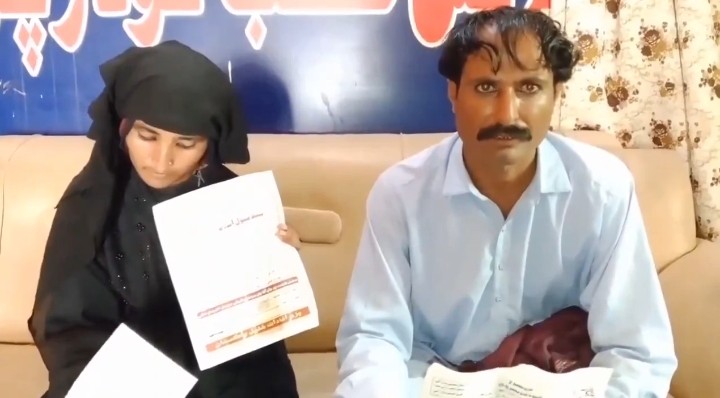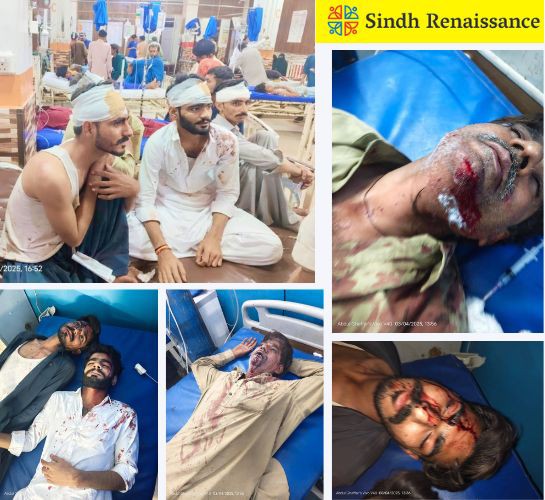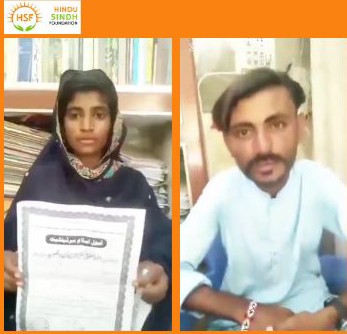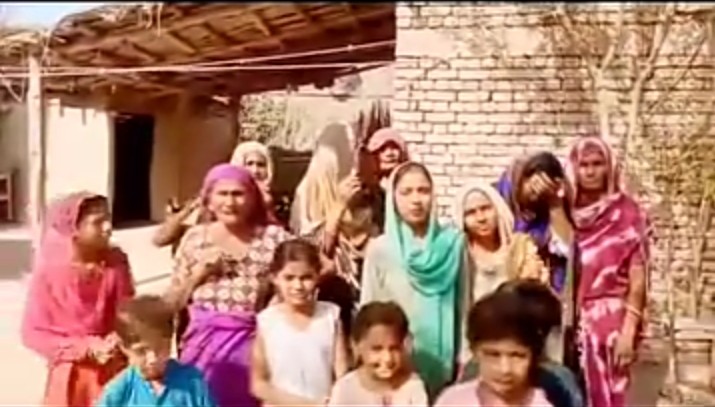The reported forced conversion of Moran Bheel, a minor Hindu girl, at the Pir Ayub Jan Sirhandi shrine and her subsequent forced marriage to a 50-year-old man in Sindh represents yet another disturbing case in Pakistan’s ongoing crisis of forced religious conversions. This incident adds to the mounting evidence of systematic persecution faced by religious minorities in the country.
A Disturbing Pattern in Sindh
The scale of forced conversions in Pakistan, particularly in Sindh province, is alarming. Statistics reveal that approximately 1,000 non-Muslim girls, primarily from Hindu communities, are forcibly converted to Islam each year in Pakistan
The Role of Religious Institutions
The Pir Ayub Jan Sarhandi shrine, where Moran Bheel’s conversion allegedly took place, has gained notoriety for its involvement in religious conversions. The shrine has been repeatedly accused of facilitating forced conversions of Hindu girls to Islam, often without proper scrutiny or questioning
Historical Context and Demographic Decline
The Hindu community in Sindh has faced significant challenges since Pakistan’s partition in 1947. From constituting about 25% of the population in 1947, Hindus now make up only about 1.5% of the population in Sindh
Legal Framework and Its Shortcomings
Despite constitutional provisions guaranteeing religious freedom, Pakistan’s legal system has been criticized for its inadequate response to forced conversions. While the constitution establishes the right of every citizen to profess, practice, and propagate their religion
International Concern and Human Rights Reports
Multiple human rights organizations, including the United States Commission on International Religious Freedom (USCIRF) and Human Rights Watch, have consistently raised concerns about the human rights situation in Pakistan, particularly focusing on religious freedom
The case of Moran Bheel highlights the urgent need for:
- Comprehensive legislation specifically addressing forced conversions
- Stronger enforcement of existing laws protecting religious minorities
- Better protection mechanisms for vulnerable communities
- International pressure to ensure Pakistan meets its human rights obligations
The situation demands immediate attention from Pakistani authorities and the international community to protect religious minorities and end the practice of forced conversions. Without concrete action, the Hindu community in Sindh will continue to face these human rights violations, further eroding Pakistan’s religious diversity and social fabric.
For more updates and detailed coverage of this case and other issues affecting the Hindu and Sindhi communities in Sindh, Pakistan, stay tuned to Sindh Renaissance.






